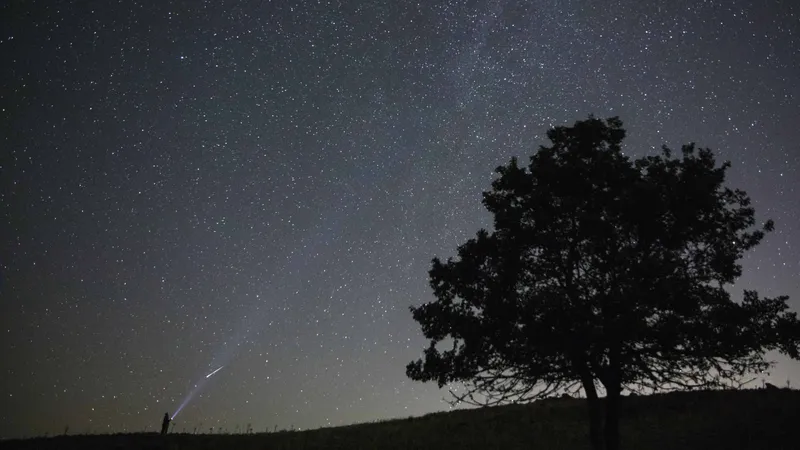A METEOR shower known as the Tears of San Lorenzo will soon be at its most visible in the skies above Spain.
Also known as the Perseids, the phenomenon will be at its peak between August 11 and 13, although it will remain visible until August 24.
During the peak period, up to 110 meteors per hour can be seen lighting up the sky.
Although the ‘shooting stars’ will occur between 3pm and 6pm, the best hours to observe them will be during the night and early morning.
According to El Tiempo, the best time to observe the Perseids is between midnight and 4am. During these hours, the sky is darker and there is less interference from moonlight.
Weather experts advise stargazers to find a dark place away from the bright lights of city centres, preferable in an open field or area with few buildings or trees.
For best results, allow your eyes to adjust to the darkness by avoiding your cell phone or other bright lights.
They add that one should then ‘relax and wait’, saying: “Lie down on a blanket or recliner and let your eyes adjust to the darkness.”
In terms of where to look, El Tiempo explains: “The Perseid radiant point, where the meteors appear to originate, is near the star Mirfak (? Persei) in the constellation Perseus.
“The constellation Perseus is located near Cassiopeia, which is easy to identify by its distinctive “W” or “M” shape in the sky. If you are in the Northern Hemisphere, look northeast at dusk.
“However, stars can appear anywhere in the sky. It is advisable to look toward the darkest areas of the sky and away from the Moon.”
The meteor shower occurs throughout the year, when the Earth passes through debris from the Swift-Tuttle comet.
The boulders of dust and rock enter the Earth’s atmosphere and begin to burn up, causing bright flashes, aka shooting stars.
Click here to read more Spain News from The Olive Press.







